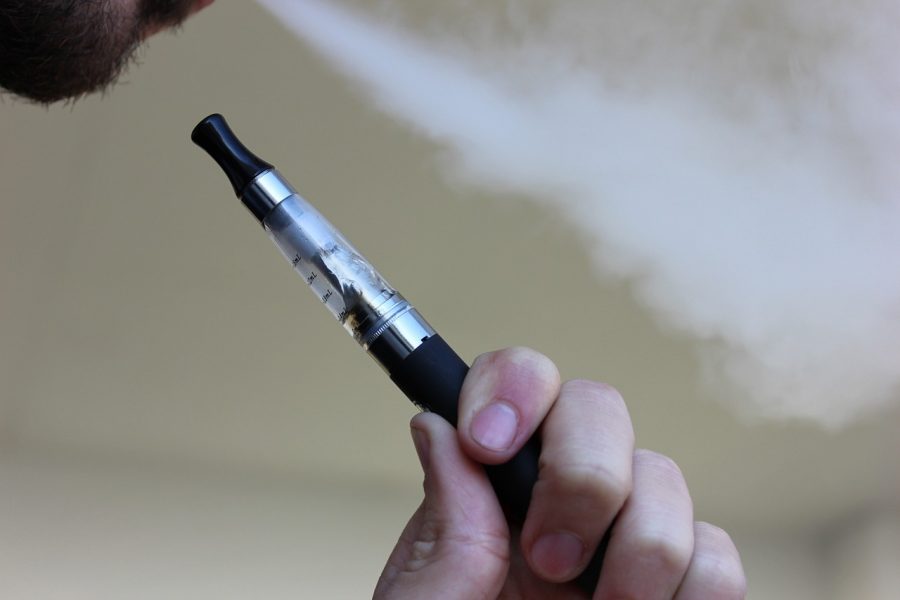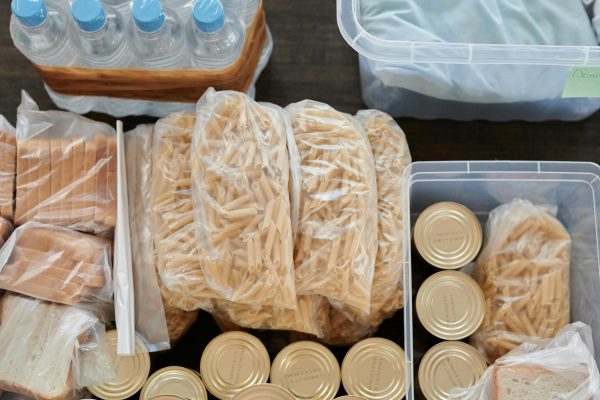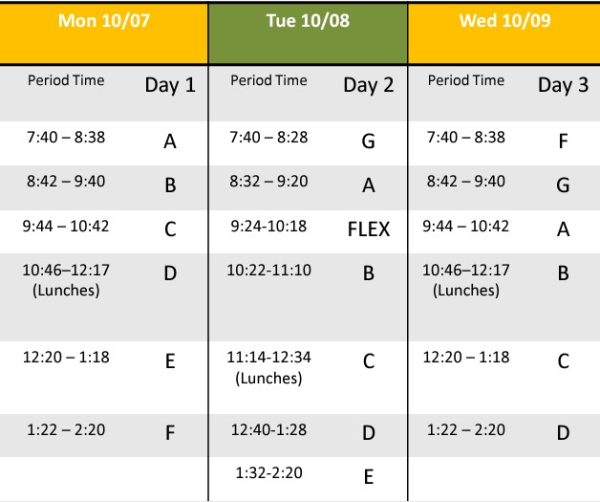The Clouded Truth: Vaping at Nashoba
Spilling The Tea With C&E
Vaping is a new trend among teenagers that has surged in popularity only within the past few years. The “trend” of vaping is something that has picked up and gained popularity only in the past few years, especially among teenagers. But what exactly is vaping and what does it mean for our school?
In contrast to traditional cigarettes, the main ingredient of vapes cause it to look thicker than smoke, but have a more appealing smell, and dissipate quickly into the air. A normal cigarette has a distinct smell, and is made with ingredients like nicotine, tar, carbon monoxide, formaldehyde, ammonia, hydrogen cyanide, arsenic, and DDT. Vapes typically have ingredients such as water, vegetable glycerin, propylene glycol, nicotine, and flavoring. Most manufacturers will not reveal what exactly the flavoring is made out of, which raises red flags for some. The CDC, however, reports that vaping is inherently better than smoking a traditional cigarette.
According to the CDC, studies show that “e-cigarettes are now the most commonly used tobacco product among youth.” In a study done in 2016 by the FDA, “ …more than 2 million U.S. middle and high school students had used e-cigarettes in the past 30 days, including 4.3% of middle school students and 11.3% of high school students.”
While most people think vaping is immensely different than smoking a cigarette, it has more in common than people think. It is rumored that vaping is much healthier due to the fact that it lacks tobacco and tar, but FDA studies say, e-cigarettes still share many of the same ingredients. The most prominent ingredient that they share is nicotine, which is why vaping is what many cigarette-smokers turn to when they want to quit. But since vapes still contain nicotine, people can still become addicted to vaping, and it most likely won’t wein the user off of smoking. According to the U.K. Independent’s list of the 5 most addictive drugs in the world, Nicotine ranks number 3, with only cocain and heroin before it on the list.
But how does all of this effect Nashoba? The idea that people vape at Nashoba is not outlandish, and it’s certainly not a secret. We sat down to speak with a few students who vape.
One of these students was asked if they think vaping should be allowed on school property, to which they responded: “Smoking I don’t think should be allowed on school property… this is a place for learning, and, everybody needs to feel comfortable and some people aren’t comfortable with vaping, or smoking, or anything like that. So, I don’t think it should be allowed in school but outside of school should be good.”
The student goes on to say, “last year [they were] going through a particularly hard year and it was very stressful. [They] didn’t feel like [they] had a lot of outlets to relieve [their] stress.”
By their claims, some people justify their smoking habits as a form of a coping mechanism and not something they do because they want to be “cool” or “rebel.” According to Scientific American, it may not be the healthiest coping mechanism, as vaping still has addictive properties (nicotine), but it’s a step away from outwardly inflicting harm on oneself, drinking, or doing more harmful drugs.
This student also voiced that they did extensive research before they vaped for the first time: “I started at 3mg of nicotine and I found out that nicotine isn’t inherently bad for you, it’s kind of like caffeine, so I’ve upped it since starting to 6mg of nic.”
As can be expected, students and administrators have different views. We talked with Principal Di Domenico, who recently attended a workshop with other district administrators, where a representative from The UMass Medical Center talked to them about vaping and smoking. At the conference they “looked at various products and passed them around, saw what they looked like. [They] talked about some of the myths of vaping and the idea that ‘oh it doesn’t contain nicotine’ or ‘oh it’s harmless, it’s just water vapor’ but [they] know that’s not true.”
When asked about vaping policies, he explains that most schools treat vaping under their smoking policy; which Nashoba has as well. Policy ADC says: “For purpose of this policy, ‘smoking’ will mean all (uses of tobacco products and devices) (including but not limited to chewing tobacco, cigars, cigarettes, and pipes) and the use of electronic, ‘vapor’, or other substitute forms of cigarettes and nicotine products”.
Principal Di Domenico goes on to say, “I think the tricky thing with vaping is that you’re not quite sure what it is that a student is vaping. Is it a nicotine product? Is it something else? The lines can get blurry as to the nature of the violation.”
You must be 18 to legally purchase a vape, yet students, under 18, still vape. With methods of obtaining through using fake IDs and in-school dealers, there are ways for students to get around the age law. With the added ability to purchase vaping products, vaping has increased.
We spoke with Mr.Cullinane, who is on the “front lines” when it comes to vaping at Nashoba. “There’s quite a bit of [vaping] going on. There’s some in the bathrooms, people doing it in classrooms, it’s all over there,” Mr. Cullinane said.
So if vaping just falls under smoking, the question of whether or not the school will create a more precise vaping policy remains. The administration is currently looking at other district policies about vaping, in the hopes to create one that is more precise. Nothing is set right now, but it looks as though a more strict set of guidelines for vaping at Nashoba is planned for the future.








